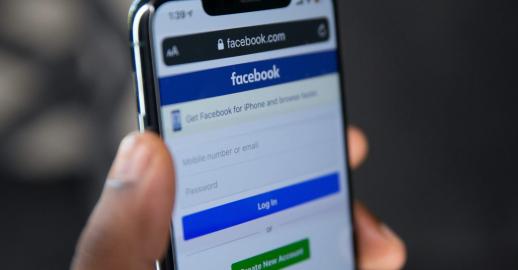Pinterest, I’m Hooked…or should I say Pinned?
7th August 2015
As many of my colleagues are aware, I have become a Pinterest enthusiast, and let me tell you why.
Before working in the world of marketing, I saw Pinterest as a mildly entertaining platform, full of bored but mildly interesting users. I honestly couldn’t have been more wrong.
Extensive reading, practice and implementation of a few key techniques have led me to fully appreciate everything that Pinterest has to offer. And the promise of buyable pins gives me the same level of excitement as a child hearing the tune of the ice cream van.
So why do I love it so much? I’ve come to the conclusion that it’s twofold:
- The way our brains work
- Its marketing potential
How Pinterest complements the way our brains work
Pinterest lets us group images, and as humans, we love to categorise. Think about the forms you have to fill in to identify yourself: age brackets, gender, sexual orientation, ethnic background, religion…the list could easily go on. And nobody seems to mind categorising themselves 5 times over. It’s natural for us to belong to a group, and ticking a box on a form allows us to do just that. What Pinterest allows us to do is to categorise our interests, and then indulge in a browsing binge.
It’s effectively a categorising hub to visually express yourself through the universal language of images.
I recently read a quote which I feel is very apt:
‘Twitter is mostly about what I’m doing, Facebook is who I am, and Pinterest is about who I want to be’.
This doesn’t just dictate the cultural rules and regulations for each of these platforms (read my blog ‘Spiders Webs and Tweets’), but it says much more about our culture as a whole.
Pinterest is a relatively new platform when it comes to social media and marketing. And it’s recently becoming more of a serious platform on which to advertise. Most businesses are fully aware of the need for a Twitter, Facebook, Google+ and LinkedIn presence, but many still neglect Pinterest. If Pinterest represents who we want to be, then why isn’t retail jumping on this?
Nearly a third of all Pinterest users have larger than average salaries, the majority are female and the largest age demographic represented on the site are people between 25 and 34 years old. What more could an advertiser want? And this is before we even talk about referral traffic- which, by the way, beats Google+, YouTube and LinkedIn combined.
The marketing potential of Pinterest – 10 tips to optimise your pins
- You need to take time to set up your account properly – and make sure you verify your website.
- Integrate it with other websites – this seems to be something Pinterest likes you to do. You can easily switch on the ability to share pins with Facebook and Twitter to give your account more exposure.
- Optimise your name, boards and pins for Pinterest search. Don’t just use your branded name for your Pinterest user account name. Add a descriptive keyword that you want to be associated with to the end of your business name to increase the chances of your Pinterest account being found through a search for Pinners.
- Use Hashtags. These are only clickable in the description and act as a keyword to bring all the Pins using that hashtag together – unsurprisingly these are most effective when they are unique to your brand. However, they can direct people away from your pin, which means it may be better to include your website in the pin description, as it too becomes ‘clickable’, and users are directed straight to your website instead of elsewhere.
- To rank higher in board searches for specific keywords, place them as close to the beginning of your title as possible. The same applies to the description of individual pins.
- Pin from a URL with the keyword in it. This might be quite difficult to do in practice, but worth bearing in mind.
- Include keywords in the name of your picture file on your computer. Pinterest can’t read text on photos or images, so they use the image’s name to categorise it. When you have a saved image, right-click, go into properties, and details, and fill in all 5 categories with relevant keywords.
- Pin consistently, 5 – 10 pins a day.
- You can re-pin your own content, re-pins affect a pin’s chance to show up in search results. Pins with at least one re-pin are more likely to show up in search results than pins without any pins. You can work this to your advantage by re-pinning your own content onto different boards.
- Find high PR boards and comment on them. Then you can follow the images, like them and comment on them. Your comment will be shown on the whole board, so it’s a good way to show potential followers what you’re interested in – as well as being good exposure.






